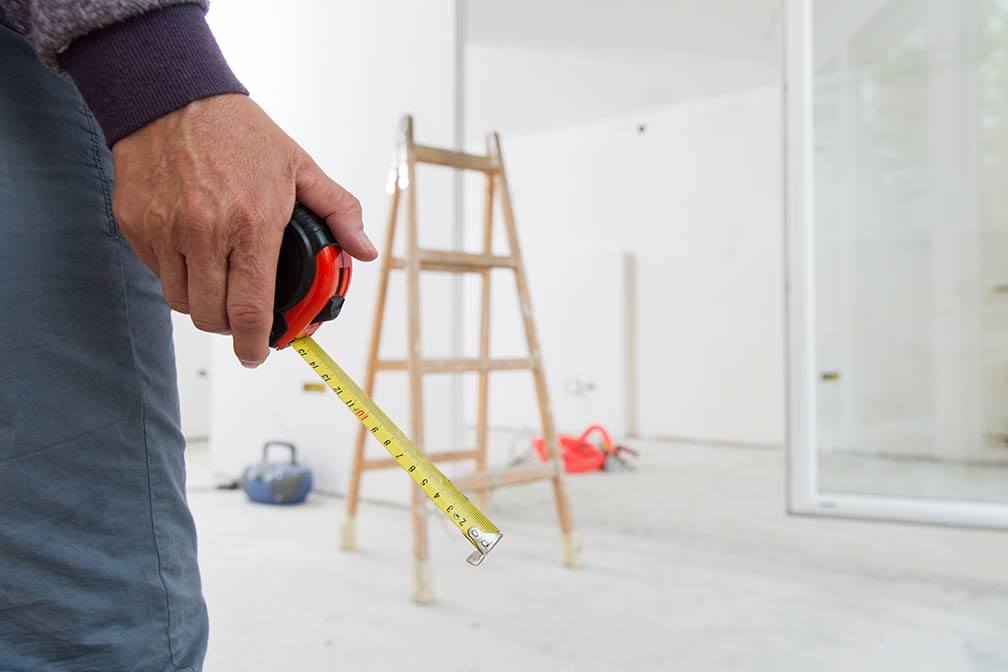 It may seem like the hard part is over once you’ve received a few offers on your home and are preparing for the negotiation process. Unfortunately, anything can happen until the papers and signed and this means that potential homebuyers can back out. If you’re dealing with a wavering bidder and are wondering how you can win them back, here are some reasons they might withdraw and how you may be able to win them over.
It may seem like the hard part is over once you’ve received a few offers on your home and are preparing for the negotiation process. Unfortunately, anything can happen until the papers and signed and this means that potential homebuyers can back out. If you’re dealing with a wavering bidder and are wondering how you can win them back, here are some reasons they might withdraw and how you may be able to win them over.
The Price Is Too High
It’s possible that when it comes to negotiating, many interested parties will offer to put down a little more than they otherwise would have; however, when it comes to sealing the deal, they may realize the price is a little higher than what they wanted to spend. Instead of letting the negotiations fall through, consider lowering your price slightly to give the potential homebuyer a hook. You don’t have to lower your price by a significant margin, but it will let them know that you’re still interested in selling to them.
An Unresponsive Negotiation
The power may be in your hands when someone is interested in your home, but it’s still very important to stay responsive so that you can ensure a potential homebuyer won’t lose interest. If you may have rubbed someone the wrong way with a slow response time, ensure that you reach out and keep them aware of the process and your timeline. It may seem like a small gesture, but it means a lot to someone who is interested in your home and may be working under a time crunch.
Still Not Convinced?
There are a variety of reasons that a homebuyer may withdraw from negotiations, whether it’s the neighborhood or too much home or they’ve found a better deal. But, if you’re really interested in the offer you’ve received, you may want to consider offering a little extra in order to win them back. Whether you decide to pay their closing costs or provide a closer move-in date, there are plenty of little things you can do that will make them re-consider their options.
There are many reasons that a buyer might withdraw their offer on your home, but by being communicative and offering some extras you may be able to re-negotiate a deal. If you’re currently preparing to put your home on the market, contact your trusted real estate professional for more information.
 Last week’s economic data included releases on construction spending and labor-related reports including ADP Payrolls, Non-Farm Payrolls, national unemployment. Weekly readings on mortgage rates and new jobless claims were also released.
Last week’s economic data included releases on construction spending and labor-related reports including ADP Payrolls, Non-Farm Payrolls, national unemployment. Weekly readings on mortgage rates and new jobless claims were also released. It’s a very exciting time for most parents when their kids begin to crawl, but it can also be much more difficult to watch over your child and ensure their safety. If your child is starting to get along on their own and you’re preparing to baby proof, here are the main areas and items you’ll want to watch out for.
It’s a very exciting time for most parents when their kids begin to crawl, but it can also be much more difficult to watch over your child and ensure their safety. If your child is starting to get along on their own and you’re preparing to baby proof, here are the main areas and items you’ll want to watch out for. The best addition to many a family is the beloved pet, but beyond the regular treats and pillows, there are plenty of ways to spoil your pet and let them know how much you love them. If you’re looking for some neat concepts for your favorite pooch, here are some unique ideas you may want to try out.
The best addition to many a family is the beloved pet, but beyond the regular treats and pillows, there are plenty of ways to spoil your pet and let them know how much you love them. If you’re looking for some neat concepts for your favorite pooch, here are some unique ideas you may want to try out. You may be so busy with determining your debt-to-income ratio and deciding what kind of offer to make that closing costs have gotten lost in the mix, but it’s important to remember that finalizing your mortgage will cost you extra. While there’s no way to get around paying money to solidify your mortgage, there are a few steps you can take in order to make it more economical for you.
You may be so busy with determining your debt-to-income ratio and deciding what kind of offer to make that closing costs have gotten lost in the mix, but it’s important to remember that finalizing your mortgage will cost you extra. While there’s no way to get around paying money to solidify your mortgage, there are a few steps you can take in order to make it more economical for you. Most people do not look forward to tax time, whether they get money back or not, but as a homeowner there are a lot of things you can do that will help to reduce your taxes and get you a refund. If you’re getting prepared to invest in a home and are wondering how it can benefit you, here are some deductions you’ll want to watch out for.
Most people do not look forward to tax time, whether they get money back or not, but as a homeowner there are a lot of things you can do that will help to reduce your taxes and get you a refund. If you’re getting prepared to invest in a home and are wondering how it can benefit you, here are some deductions you’ll want to watch out for. Last week’s economic news included Case-Shiller Home Price Index reports, pending home sales, and consumer confidence readings. Weekly readings on average mortgage rates and new jobless claims were also released.
Last week’s economic news included Case-Shiller Home Price Index reports, pending home sales, and consumer confidence readings. Weekly readings on average mortgage rates and new jobless claims were also released. The spring season may be a time of cherry blossoms and longer days, but it’s also common for allergies to ramp up. While you won’t be able to stop the season, there are things you can do to limit the impact of allergies in your home. If you’re wondering what has the greatest impact on your sinus health in the home, here are a few places you’ll want to check out.
The spring season may be a time of cherry blossoms and longer days, but it’s also common for allergies to ramp up. While you won’t be able to stop the season, there are things you can do to limit the impact of allergies in your home. If you’re wondering what has the greatest impact on your sinus health in the home, here are a few places you’ll want to check out. There are plenty of ways to market your home online, but social media has become one of the best ways to catch the attention of interested homebuyers in the past few years. If you’re currently determining a marketing strategy for your home and are wondering about social media, here are a few ways you can use Snapchat and see your chances for selling increase in an instant.
There are plenty of ways to market your home online, but social media has become one of the best ways to catch the attention of interested homebuyers in the past few years. If you’re currently determining a marketing strategy for your home and are wondering about social media, here are a few ways you can use Snapchat and see your chances for selling increase in an instant. There’s a burden that comes along with having to do your taxes every spring, but it can actually be a great benefit if you’re getting a sizeable refund this year. While many people like the idea of going on a trip or spending the extra funds, here’s why you may want to consider investing it back into your home for a profit you’ll be able to see!
There’s a burden that comes along with having to do your taxes every spring, but it can actually be a great benefit if you’re getting a sizeable refund this year. While many people like the idea of going on a trip or spending the extra funds, here’s why you may want to consider investing it back into your home for a profit you’ll be able to see!